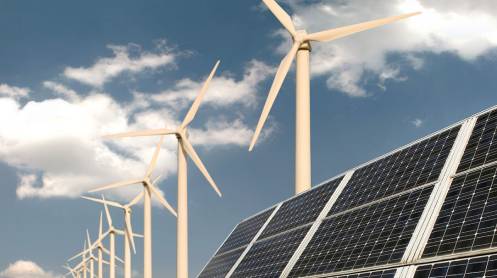The federal cabinet was briefed that over 2 trillion rupee subsidies, amounting to 4.5 percent of Gross Domestic Product (GDP), were budgeted for the current year. This amount includes grants to different sectors as well as potential losses on account of the energy sector circular debt (estimated at 2.3 trillion rupees at last count), guarantees and non-productive loans.
The budget for 2020-21 allocates: (i) 209 billion rupees as total subsidies – an amount that in most fiscal years exceeds the budgeted amount, (ii) grants and transfers of 904 billion rupees including (a) special grants of 85 billion rupees with Khyber Pakhtunkhwa accounting for the lion’s share at 56 billion rupees followed by Sindh’s 19 billion rupees and Balochistan’s 10 billion rupees, (b) grants to others accounting for 819.6 billion rupees (with contingent liabilities on account of loss-making public sector entities estimated at 323 billion rupees followed by Benazir Income Support Programme allocation of 200 billion rupees); and (iii) outstanding stock of guarantees amounting to 1.4 trillion rupees with new guarantees accounting for an additional 115 billion rupees. The circular debt, budgeted as per the economic team leaders’ agreement with the International Monetary Fund (IMF), was partially included in the budget for the first time this year. While subsidies have risen in most countries to mitigate the negative impact of the pandemic onslaught onto the general public, particularly the poor and the vulnerable, yet not as high as 4.5 percent as in Pakistan where claims of a minimal economic disruption due to Covid-19 has been claimed by the executive.
In India, for example, subsidies are projected to account for 2.2 trillion rupees, around 1 percent of GDP, with the Auditor General of India maintaining that the government used “creative” accounting methods to roll over subsidy data including off budget financing with this arrangement either deferring committed liability (subsidy/arrears/bills) and its increased cost due to interest payments. One would be hard pressed to argue that similar tactics have not been employed in Pakistan especially as the country is on an IMF programme with pledges to reduce subsidies and better target subsidies towards the poor and the vulnerable. It is, however, relevant to note that the government of Pakistan incurred domestic debt of 119.5 billion rupees in the first quarter of 2019-20 as per the Summary of consolidated federal and budgetary operations while in the comparable period of 2020-21 a total domestic debt of 322.9 billion rupees was incurred – or a rise of 170 percent.
Prime Minister Imran Khan has urged his relevant cabinet members again and again to ensure that subsidies are targeted towards the poor and the vulnerable and rightly suggested that the ehsaas programme (with BISP its major component) be used to disseminate the government’s subsidy programme. However, this would by definition not include subsidies extended to the productive sectors, including fertilizer subsidy, as well as other subsidies/incentives recently extended to jump-start the economy.
It is important to note that Khan administration’s tenure is half way complete and disturbingly it has continued to extend subsidies including to the productive sectors in the same format as in previous administrations without any assessment of their efficacy. It is time to take a more proactive approach to assessing the efficacy of such measures.





